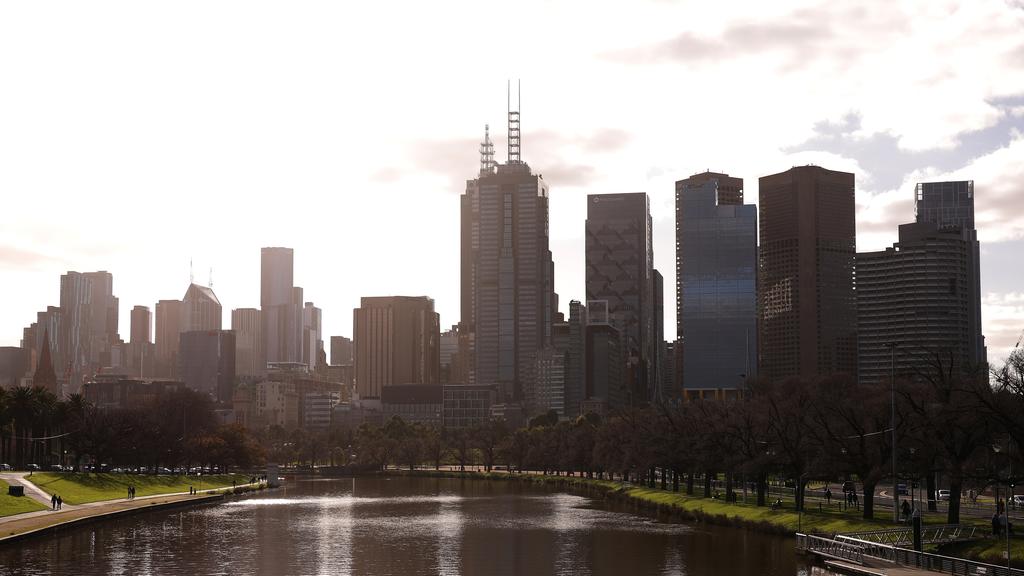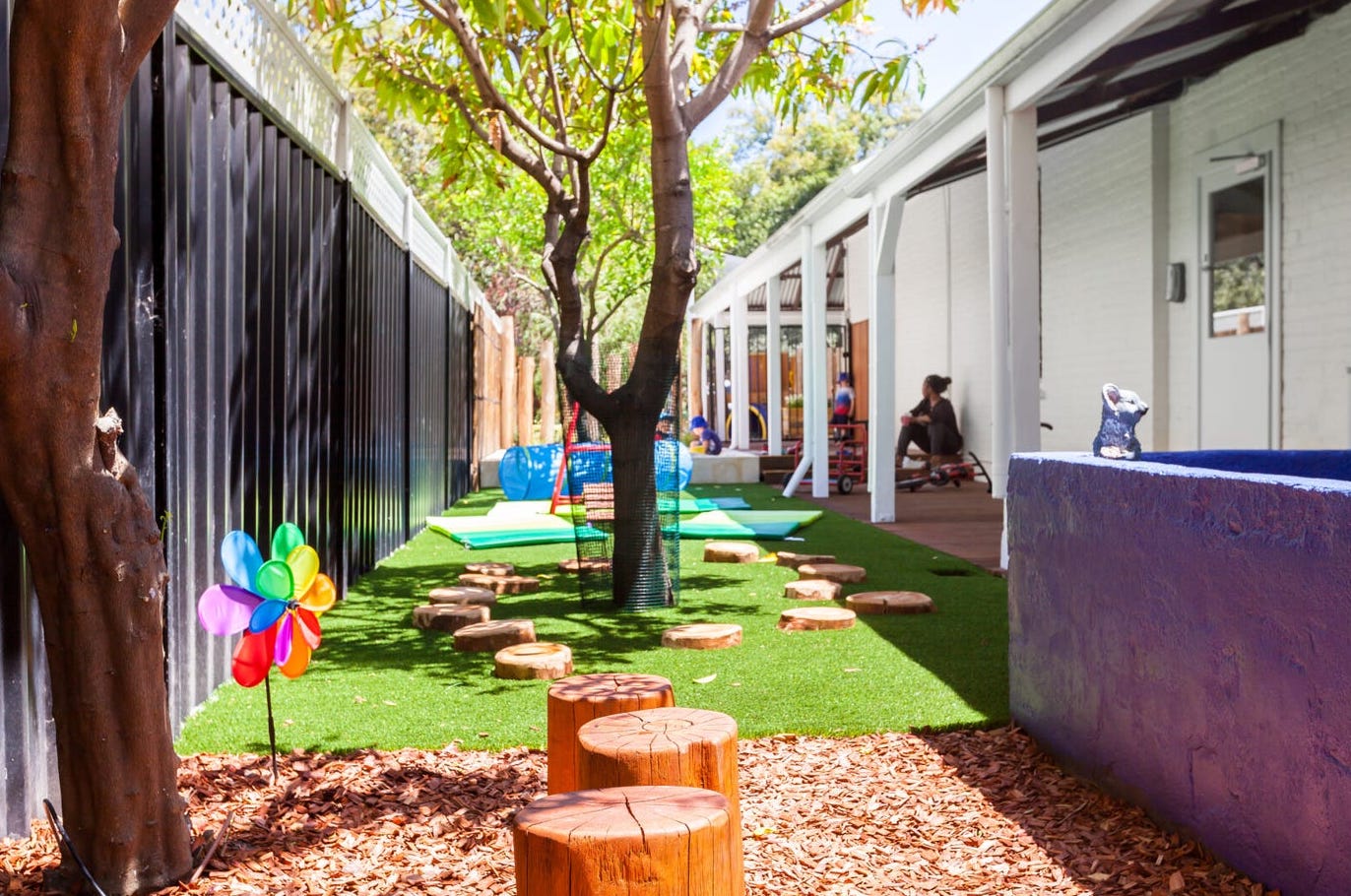Residential or commercial: Where are the best property investment opportunities?

More residential properties have been hitting the market in the lead up to the spring selling season, but higher holding costs could make commercial assets more appealing to investors.
Even as a shortage of properties drives the vacancy rate down and asking rents up, it’s not all peachy for landlords.
Higher loan repayments, increased taxes and elevated insurance, strata and compliance costs all hurt investor returns, with many left wondering if they should look elsewhere for decent returns, such as commercial property.
According to realestate.com.au’s 2023 Property Seeker Survey conducted in May, 50% of landlords surveyed said investing in property is not as attractive as it used to be, while one third said returns are no longer worth the effort.
“Rent growth has been counteracted by other expenses, the key ones being higher interest rates and land tax,” PropTrack economist Anne Flaherty said.
Investors have been particularly stung in Victoria, where the government will decrease the tax-free threshold for land tax from $300,000 to $50,000 from January 2024.
“These lower yields, combined with significant growth in property prices, are likely leading more investors to consider offloading investment properties,” Ms Flaherty said. “In recent years, the share of property investors selling has outweighed the share buying.”

Residential returns have been hit by higher mortgage rates and other holding costs, making commercial property an appealing alternative. Picture: Getty
The value of investor lending for residential housing in July was down 0.1% from June and down 7.2% over the year, according to Australian Bureau of Statistics data. Though with overall lending for housing down 14.1% over the year, investors are growing as a total proportion of lending.
“Investors have actually played a very important role in the recovery of the property market, but they’ve also been leaving the market. So we’re seeing a real churn,” said Warren Hogan, chief economic advisor to Judo Bank.
“Discussions at state and federal level around land tax, stamp duty, negative gearing and rental caps have all hurt investor sentiment.”
Residential investors need a long-term perspective
Private landlords own 90% of Australia’s rental properties, and more than half of all property investors are aged over 50. That spells bad news for the roughly one third of Australians who rent, as more investors seek cashflow to fund their retirement.
“Broadly speaking, there are two main strategies when it comes to investing in real estate: generating yield through rental income and achieving capital growth,” Ms Flaherty said.
“A younger investor, with many years left in the workforce, is more likely to favour a capital growth strategy,” she said. “But as an investor enters retirement, the focus shifts away from chasing capital growth and harnessing negative gearing. Instead, the strategy moves towards generating passive income via the rent received.”
Ms Flaherty says the rising costs associated with holding property have weighed on the net yields of residential investments, despite significant rent growth.
But there are signs investors are returning to the residential market as property prices recover, with ABS data showing the number of investment loans has been growing throughout the year and remains well above pre-pandemic levels.
Read more:
Commercial Property Loans
Commercial Property Investment Loans
With interest rates predicted to fall next year, Buyer’s agent Kate Hill from Adviseable, an avid investor herself, says prices are likely to rise even higher.
“If you wait until after rates have actually come down, there’s going to be a complete scramble again. If you buy now, you may not have the best cash flow over the next 18 months, but in time those rates will come down while rents probably won’t.”
Knight Frank’s Head of Residential Research Michelle Ciesielski agrees residential property investing “should be long-term play”.
Investors can expect both capital growth and rental demand to increase, she said.
“We’re likely to have a chronic undersupply of rental homes for at least the next five years. There will soon be a situation where residential investor demand will again significantly outweigh the number of new and established homes available.”
Ms Flaherty says the choice between a house and an apartment can depend on the investor’s objective.
“Houses tend to see higher capital growth over the long term but yield low rental income relative to the price of the property. Units on the other hand tend to see lower levels of capital growth but yield higher rent relative to their underlying value.”

Inner-city rents for residential property are expected to come under further pressure as overseas migration climbs. Picture: Robert Cianflone/Getty Images
With 235,000 migrants expected to arrive this financial year, Mr Hogan says the apartment market is “the most attractive investment proposition” in the current climate.
“This undersupply of property is going to be most acutely felt in those east coast capital city apartment markets,” Mr Hogan said.
“With the uptake in immigration, we’re going to see a lot of price tension in those markets.”
The appeal of commercial property
Investors jumped into commercial property during the pandemic as record low interest rates drove demand for high-yielding investments.
And while rising interest have cooled activity, investors continue to seek out pandemic and recession proof commercial property assets, particularly those with tenants in essential services.
Burgess Rawson chief executive Ingrid Filmer says she’s still seeing plenty of residential investors coming across to commercial.
“They’ve built up equity in their home and they’re targeting property in the sub-$3 million space, which is busier than ever. They’re comfortable with the idea of property so going from residential to commercial is not a big leap.”

Demand for ‘pandemic and recession proof’ commercial assets has grown. Picture: realcommercial.com.au
Ms Flaherty agrees Australian commercial real estate has displayed more resilience than residential, and there are signs the sector is attracting more first-time investors.
There are many benefits of investing in commercial property, she says.
“Commercial properties are typically higher yielding, averaging between 5-10% net.”
While residential landlords are responsible for paying a property’s outgoings, Ms Flaherty says commercial tenants typically cover these costs.
“There’s also a broader range of tax benefits and depreciation allowances available for commercial property. Plus most leases also include regular rent reviews – often pegged to CPI.”
Despite this, the investment pool remains much smaller in commercial compared to residential, and has shrunk on year according to the realestate.com.au Property Seeker Survey.
It found around 765,000 Australians (4% of the adult population) personally own commercial property, significantly less than in 2022.
Commercial property is not without its risks, Ms Flaherty says.
“Vacancy risk carries more weight in commercial because assets are valued based on their rental returns,” she said. “And the performance of the sector is closely tied to the health of the economy, with any slowdown likely to show up in an increase in vacancy.
“In contrast, people always need somewhere to live.”







